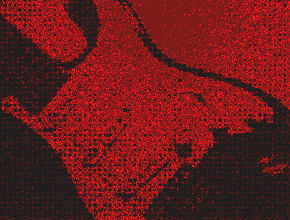I just wanted to share this conference paper which I will be presenting in a few weeks! It was written for the Modern Heavy Metal conference this June in Finland, and will be included in a conference proceedings book. But I wanted to make sure the paper was available to anyone, not just people who have the time and money to attend the conference.
The paper can be downloaded for free at the link below; it is copyrighted by myself and by the organizers of the conference, so please do not reprint without contacting me for permission. Enjoy!
“Metal Movements: Headbanging as a Legacy of African American Dance” on Academia.edu
“Metal Movements: Headbanging as a Legacy of African American Dance” PDF
Edit: The full conference proceedings are now available online.
